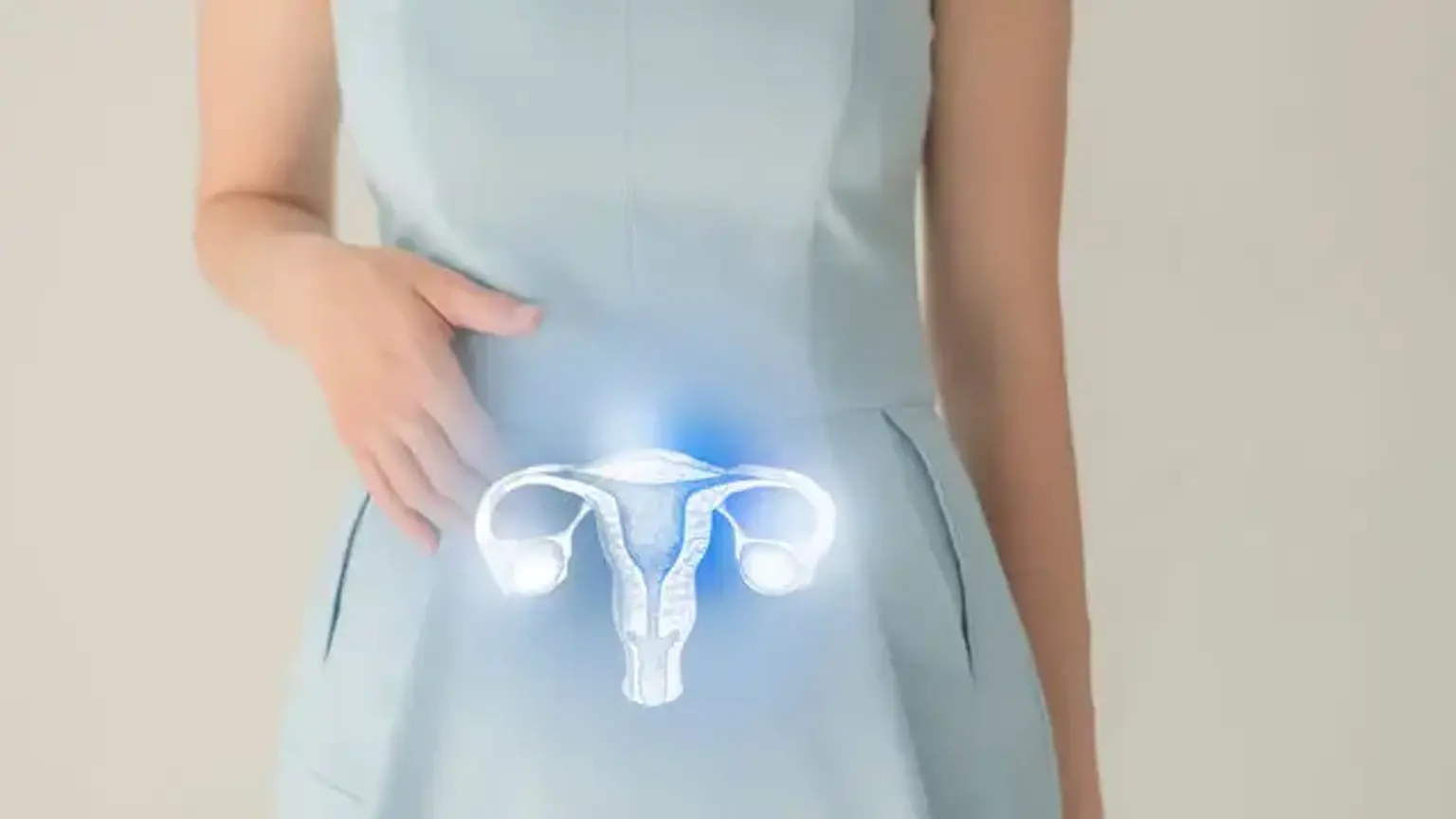Introduction
Hysteroscopy is a minimally invasive procedure used to examine the inside of the uterus. It involves the use of a thin, lighted tube called a hysteroscope, which is inserted through the cervix to view the uterine cavity. This diagnostic tool allows doctors to identify uterine abnormalities that could affect a woman's reproductive health.
In addition to diagnosing conditions like fibroids, polyps, and cancer, hysteroscopy can also be used to treat certain uterine conditions. It plays a crucial role in diagnosing the cause of abnormal bleeding, infertility, and recurrent miscarriages. As one of the most effective and precise diagnostic procedures, hysteroscopy has become increasingly popular worldwide for uterine health management.
How Hysteroscopy is Used for Uterine Diagnosis
Hysteroscopy is a highly effective procedure for diagnosing a variety of uterine conditions. When women experience abnormal bleeding, pain, infertility, or recurrent pregnancy loss, hysteroscopy can provide valuable insights into the underlying causes. By directly visualizing the uterine lining and other internal structures, the procedure helps doctors identify a wide range of uterine issues that may not be detected through traditional imaging techniques like ultrasounds.
Conditions such as uterine fibroids, polyps, endometrial cancer, and infections can be diagnosed with great precision using hysteroscopy. During the procedure, a hysteroscope is inserted into the uterus through the cervix, allowing the doctor to view the uterus in real-time on a monitor. This method is more accurate than imaging tests, enabling a comprehensive diagnosis that often includes biopsy samples for further analysis.
Common Uterine Conditions Diagnosed Through Hysteroscopy
Hysteroscopy is particularly valuable in diagnosing uterine conditions that can affect a woman’s fertility or overall health. Some of the most common conditions that can be diagnosed and treated with hysteroscopy include:
